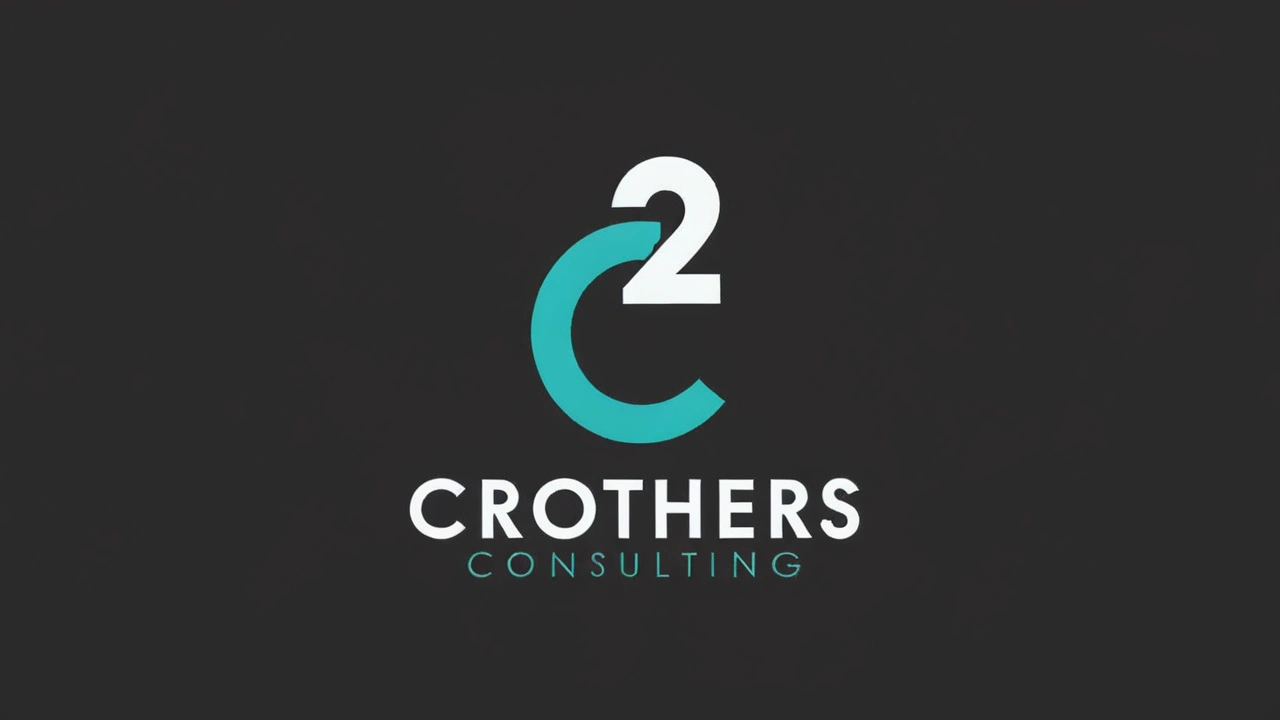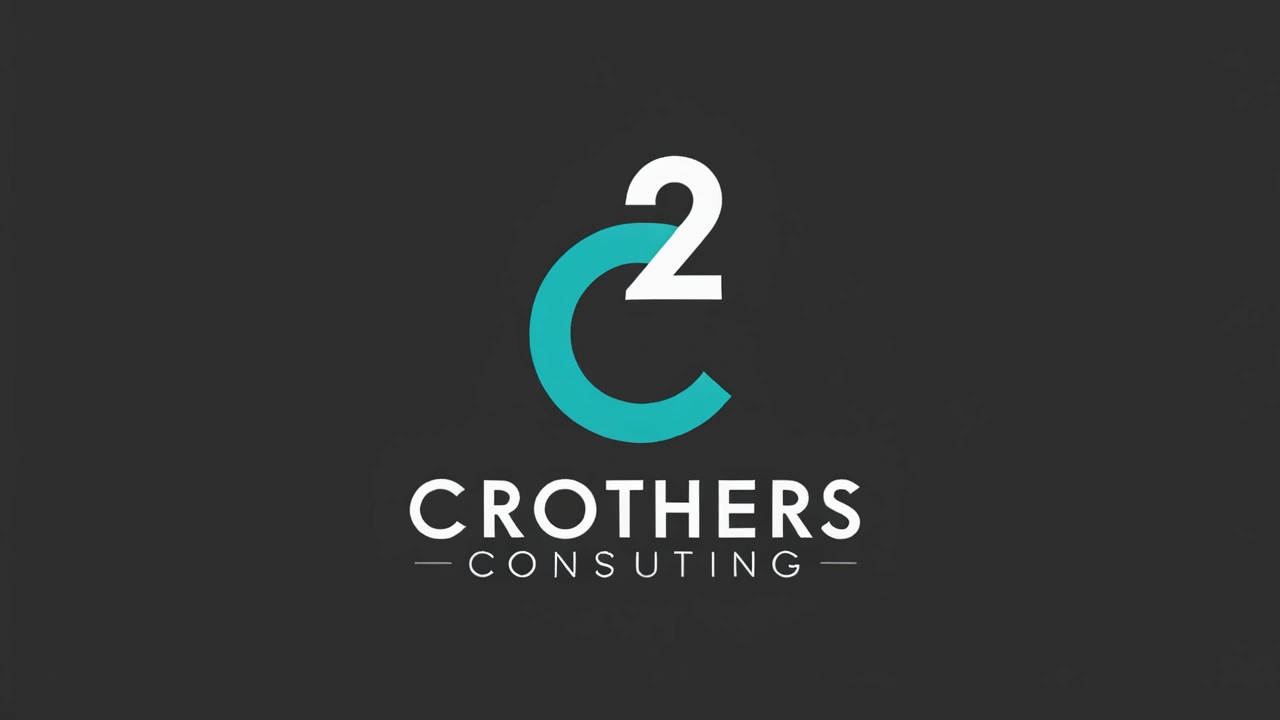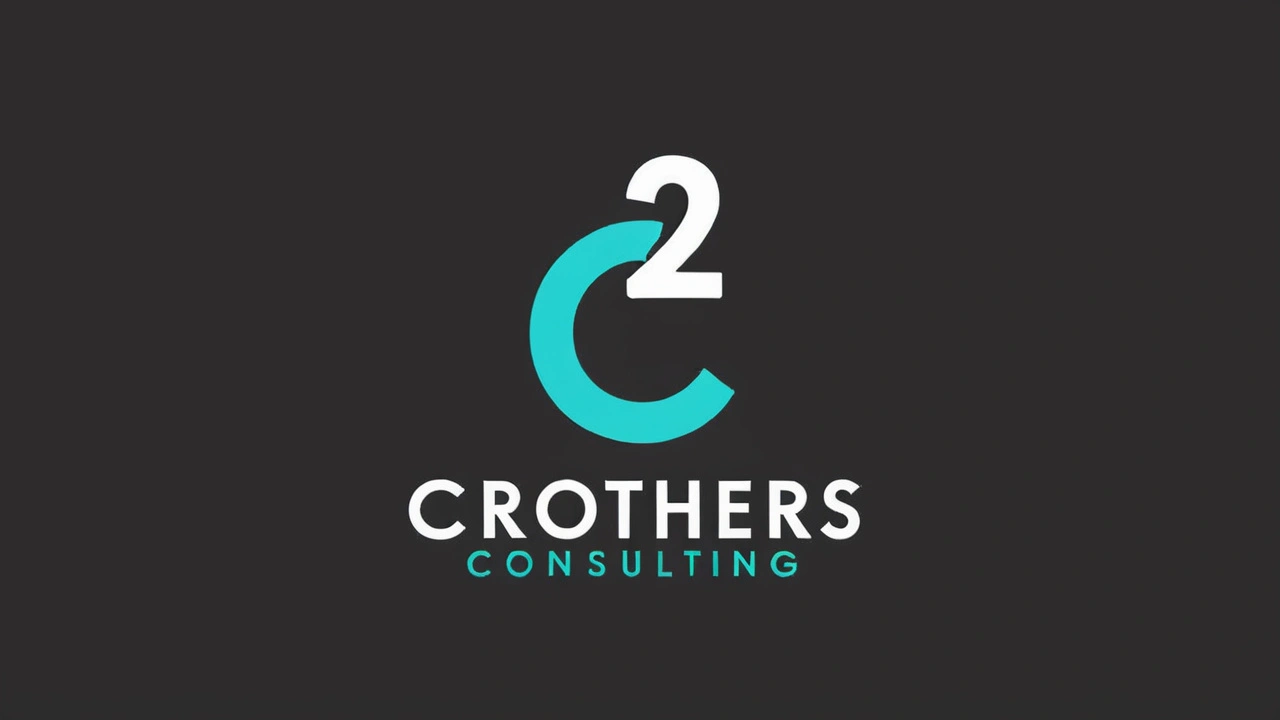JOGO Health and Mayo Clinic Join Forces to Study Functional Tremors
The healthcare sector witnessed a significant development as JOGO Health, a leading digital therapeutics company, announced a collaboration with the renowned Mayo Clinic to study and develop treatments for functional tremors. This partnership is set to focus on those tremors that have long posed challenges in terms of diagnosis and treatment, representing a major leap forward in the field of neurology.
Tremors, the involuntary rhythmic muscle contractions that cause shaking movements in one or more parts of the body, affect millions of people worldwide. While some tremors are part of normal physiological responses, others are pathological and can significantly impair the quality of life. Functional tremors, in particular, are especially tricky to manage because their underlying cause is not fully understood, and they often resist conventional treatments.
The collaboration between JOGO Health and Mayo Clinic aims to break new ground in this area by combining cutting-edge digital therapeutics with world-class medical research. JOGO Health's innovative approach leverages wearable technology and AI-driven software to provide personalized treatment plans for patients. By teaming up with Mayo Clinic's extensive research expertise and clinical resources, the partnership intends to advance the understanding of the mechanisms behind functional tremors and improve treatment outcomes.
The Need for Better Tremor Treatments
Tremors can arise from a variety of neurological conditions, including Parkinson's disease, multiple sclerosis, and essential tremor. Functional tremors, however, are not linked to these structural brain diseases and often present a puzzling diagnostic and therapeutic challenge. Patients with functional tremors typically exhibit normal brain scans and other diagnostic tests, which complicates the identification of effective treatment strategies.
The current standard of care for functional tremors often involves a combination of medications, behavioral therapies, and physical rehabilitation. Despite these efforts, many patients continue to struggle with persistent symptoms that severely impact their daily lives. The collaboration between JOGO Health and Mayo Clinic seeks to address this unmet medical need by developing new interventions that are more precisely tailored to individual patient profiles.

Innovative Approaches to Addressing Tremors
One of the key aspects of the JOGO Health-Mayo Clinic partnership is the integration of technology into the treatment paradigm. JOGO Health has developed a suite of wearable devices and mobile applications that track patients' symptoms in real-time and provide data-driven feedback to clinicians. This approach allows for a more nuanced understanding of each patient's condition and facilitates the development of highly personalized treatment plans.
In addition to wearable technology, JOGO Health utilizes artificial intelligence (AI) to analyze vast amounts of patient data and identify patterns that may not be immediately apparent to human observers. This AI-driven approach enables researchers to uncover new insights into the causes and progression of functional tremors, paving the way for more effective treatments. By combining these technological innovations with Mayo Clinic's clinical expertise, the partnership aims to accelerate the development of new therapies that can offer better outcomes for patients with functional tremors.
Building a Collaborative Research Framework
A crucial component of the collaboration is the establishment of a robust research framework that brings together experts from both organizations. Researchers from JOGO Health and Mayo Clinic will work closely to design and implement clinical studies that investigate the efficacy of new treatment modalities. These studies will involve a diverse group of patients, allowing for a comprehensive assessment of the potential benefits and limitations of various therapeutic approaches.
The collaborative research efforts will also focus on identifying biomarkers that can help predict which patients are most likely to benefit from specific treatments. By pinpointing these biomarkers, the partnership hopes to enhance the precision of diagnoses and tailor treatments to the unique needs of each patient. This personalized approach is expected to improve treatment adherence and overall patient satisfaction, ultimately leading to better clinical outcomes.

Impact on the Healthcare Sector
The collaboration between JOGO Health and Mayo Clinic has the potential to create a ripple effect across the healthcare sector. By advancing the understanding of functional tremors and developing more effective treatments, the partnership could significantly improve the lives of countless patients. Moreover, the innovative use of technology in this research could inspire other healthcare organizations to adopt similar approaches, driving broader advancements in medical care.
Policymakers and healthcare providers are likely to take note of the outcomes generated by this collaboration, potentially influencing future guidelines and standards for the treatment of tremors. The partnership may also attract attention from investors and stakeholders who see the promise of digital therapeutics and AI in transforming healthcare. As the field continues to evolve, the insights gained from this collaboration could inform the development of new policies and initiatives aimed at supporting innovative research and improving patient care.
Looking Ahead
As JOGO Health and Mayo Clinic embark on this ambitious journey, there is a sense of optimism and excitement about the potential breakthroughs that lie ahead. While the path to fully understanding and effectively treating functional tremors is complex, the combined expertise and resources of these two renowned organizations offer a promising foundation for progress.
Patients, caregivers, and healthcare professionals alike are eagerly anticipating the results of this collaboration. The hope is that, through their joint efforts, JOGO Health and Mayo Clinic will uncover new insights and develop innovative treatments that can bring relief to those who suffer from functional tremors. Ultimately, this partnership exemplifies the power of collaboration in addressing some of the most pressing challenges in healthcare and highlights the importance of continued investment in medical research and technological innovation.
In conclusion, the collaboration between JOGO Health and Mayo Clinic represents a significant milestone in the quest to understand and treat functional tremors. By leveraging cutting-edge technology and world-class medical expertise, the partnership aims to make meaningful strides in improving patient outcomes and advancing the field of neurology. As the research progresses, the healthcare community will be watching closely, hopeful for the breakthroughs that may emerge from this pioneering collaboration.


Alyson Gray
I cant even begin to imagine the daily struggle of folks livin with functional tremors, it's like their bodies are on a never‑ending rollercoaster. The partnership between JOGO Health and Mayo Clinic feels like a glimmer of hope, a real lifeline. I hope they keep patients at the center of every decision, no corporate fluff. The wearable tech sounds promising, especially if it can capture subtle shakes that doctors might miss. Fingers crossed this alll brings relief to so many people who feel left behind.